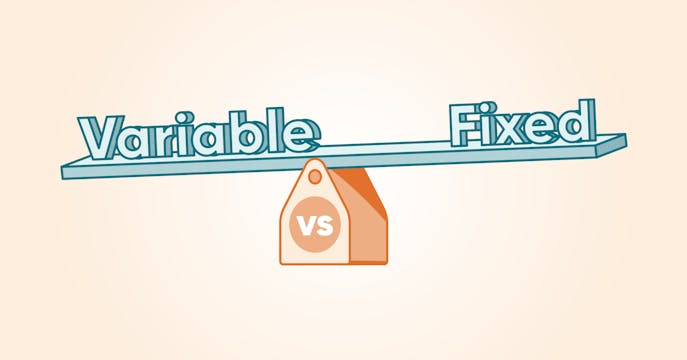A quick refresher on terms and rates.
If you're looking for a mortgage, you have options.
Depending on the lender, you can often choose fixed-rate terms from 6 months to 5 years (or sometimes longer, like 7 or 10 years, though these aren't even plottable on a popularity map).
Variable rates, in contrast to fixed rates, are usually only offered for a 5-year term, though a lender may make an exception for a 1- or 3-year variable term (for example, when breaking a fixed term and setting up a variable for the remaining time).
The rate type you choose, fixed or variable, can see your rate and payment stay the same over your term or change along with prime rate changes (variable rates are set by the light of BoC interest rate announcements 8 times a year).
3-Year Fixed: Gets You Through Most of It
Most of 'it' means Trump's remaining term.
With a 3-year fixed-rate choice, you would have rate and payment stability while markets try to work out their response to Trump's policies, including his global trade war. It would allow time for consumer, business, government, and world economic results to clock in.
If trade disruption sparks a recession in Canada, rates may fall and remain low in time for your renewal. However, Trump's tariff stance may also raise inflation, which may eventually provoke interest rate hikes.
Also, within those 3 years, Trump may need to re-evaluate his unorthodox policies if an upcoming election jeopardizes his political party and enact changes that could stabilize market mayhem.
Your renewal timing would then come to a resting point before more potential political (and rate market) upheaval with the next U.S. election.
👉 The bottom line is that with a 3-year term, you'd avoid any rate volatility for a substantial period. Your next term and rate decision could come at a time when economic disruption may have already come and gone.




